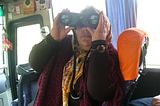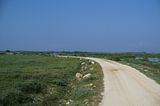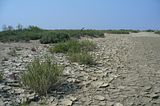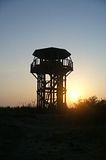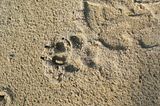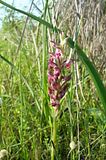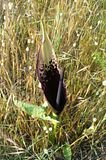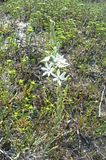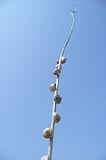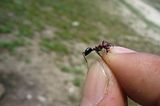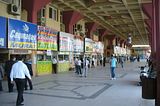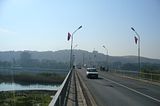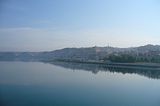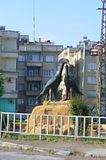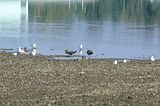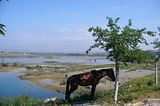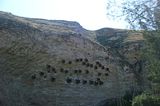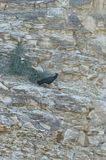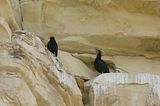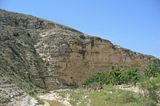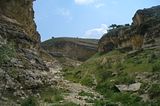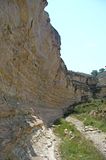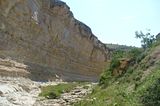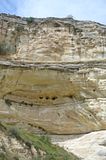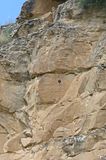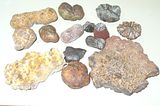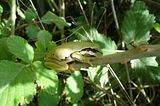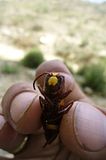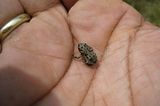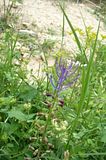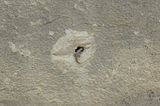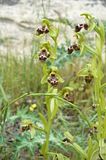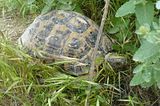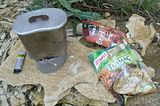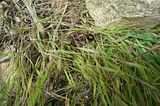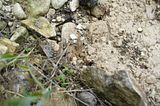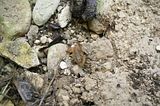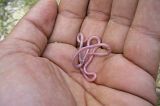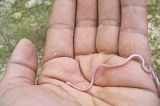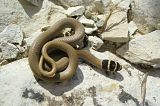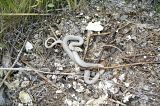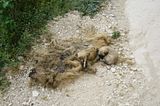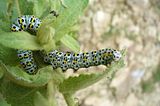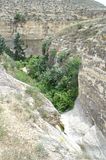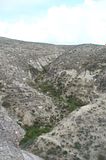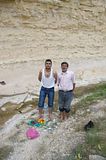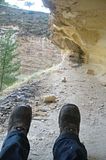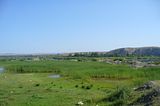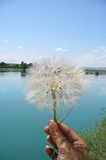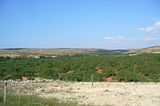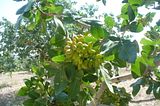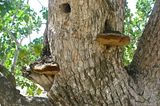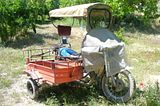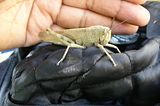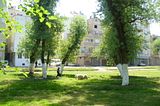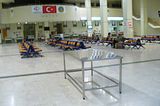Part 1: Sultan marshes & Ala dag mountains (click on pictures to see them in a larger size format)
From 30th of april till the 10th of may I was on a short solo holiday in Southern Turkey. I visited 4 area’s that were known for their wildlife and travelled by public transport.
I arrived in the evening at Kayseri airport (mid-Turkey, near Cappadocia) and was dropped off by public transport bus 50 km to the South in a small place called Yesilhisar at 2 am. It was still 20 km from my first destination so after half a night’s sleep in a field a mile outside the village I started walking to Sultansazligi, the Sultan marshes, a wetland of international fame.
Sleeping in a field:
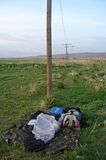
Bushcraft-lunchbox , encountered during my walk:
, encountered during my walk:
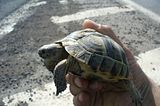
The area is a flat bowl filled with some marshy lakes and a few rural villages. It is flanked on three sides by dry sloping hills with scant vegetation that are used for shepherding.

A big extinct vulcano (Erciyes dagi, 3900 m) rises to the North.
Camping is prohibited in the national park so I set up camp in de garden of the pension, using my 3x3 tarp and one tentpole:
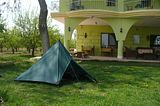
Wetlands & vulcano (Erciyes dagi):
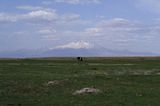
The pastures on the edges of the wetlands are used by cattle and other domestic animals (and overheated sheepdogs):
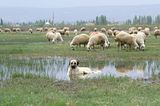
Dinnertime! Noodles, beef jerky & cashewnuts heated with two tealights and a roll of ducttape;
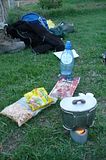
A young black whip snake (Dolichophis jugularis) that I found under a stone. Small but brave (or rather: badtempered); it tried several times to attack my hand:

I encountered lots of animal life at the Sultan marshes wetlands. Huge flocks of ducks, terns & waders, countless migrant birds, grass & dice snakes, susliks (ground squirrels) frogs, tree frogs, I even saw a rare white-headed duck.
Hedgehog prints in the mud:
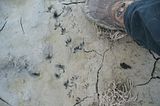
Grass snake:
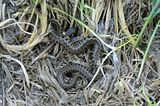
Yellow wagtail (of the race feldegg):
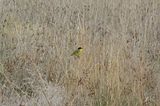
Watchtower:
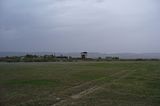
Hasan, my captain on a a boat trip through the reedbeds:

After a few days at the marshes I took some (mini)buses to the Ala dag national park in the Taurus mountains 50 km South of the Sultan marshes. It was rainy here and I set up camp again in the garden of a pension that is frequented by birdwatchers. That first afternoon I walked to an impressive gorge in the pouring rain:
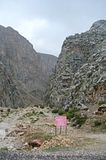
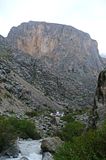
There was not much wildlife to be seen due to the rain but there were nice plants:


The next morning the weather was better and I got up at 4 o’clock to join an excursion up Demirkazik mountain. The owner of the pension takes parties of people up there with his tractor in search for the famous Caspian snowcock and other mountain birds. The other members of the party turned out to be a group of elderly English birders who were travelling with ‘Ornitholidays’.
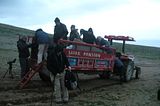
Beautiful landscape:
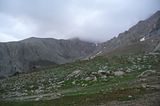
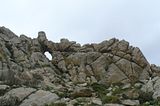
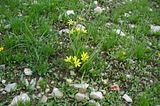
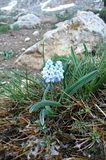
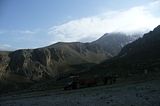

Anatolian suslik (Spermophilus xanthoprymnus):
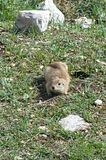
There’s more to come later in part 2 & 3!
Cheers,
Tom
From 30th of april till the 10th of may I was on a short solo holiday in Southern Turkey. I visited 4 area’s that were known for their wildlife and travelled by public transport.
I arrived in the evening at Kayseri airport (mid-Turkey, near Cappadocia) and was dropped off by public transport bus 50 km to the South in a small place called Yesilhisar at 2 am. It was still 20 km from my first destination so after half a night’s sleep in a field a mile outside the village I started walking to Sultansazligi, the Sultan marshes, a wetland of international fame.
Sleeping in a field:

Bushcraft-lunchbox

The area is a flat bowl filled with some marshy lakes and a few rural villages. It is flanked on three sides by dry sloping hills with scant vegetation that are used for shepherding.

A big extinct vulcano (Erciyes dagi, 3900 m) rises to the North.
Camping is prohibited in the national park so I set up camp in de garden of the pension, using my 3x3 tarp and one tentpole:

Wetlands & vulcano (Erciyes dagi):

The pastures on the edges of the wetlands are used by cattle and other domestic animals (and overheated sheepdogs):

Dinnertime! Noodles, beef jerky & cashewnuts heated with two tealights and a roll of ducttape;

A young black whip snake (Dolichophis jugularis) that I found under a stone. Small but brave (or rather: badtempered); it tried several times to attack my hand:

I encountered lots of animal life at the Sultan marshes wetlands. Huge flocks of ducks, terns & waders, countless migrant birds, grass & dice snakes, susliks (ground squirrels) frogs, tree frogs, I even saw a rare white-headed duck.
Hedgehog prints in the mud:

Grass snake:

Yellow wagtail (of the race feldegg):

Watchtower:

Hasan, my captain on a a boat trip through the reedbeds:

After a few days at the marshes I took some (mini)buses to the Ala dag national park in the Taurus mountains 50 km South of the Sultan marshes. It was rainy here and I set up camp again in the garden of a pension that is frequented by birdwatchers. That first afternoon I walked to an impressive gorge in the pouring rain:


There was not much wildlife to be seen due to the rain but there were nice plants:


The next morning the weather was better and I got up at 4 o’clock to join an excursion up Demirkazik mountain. The owner of the pension takes parties of people up there with his tractor in search for the famous Caspian snowcock and other mountain birds. The other members of the party turned out to be a group of elderly English birders who were travelling with ‘Ornitholidays’.

Beautiful landscape:






Anatolian suslik (Spermophilus xanthoprymnus):

There’s more to come later in part 2 & 3!
Cheers,
Tom

